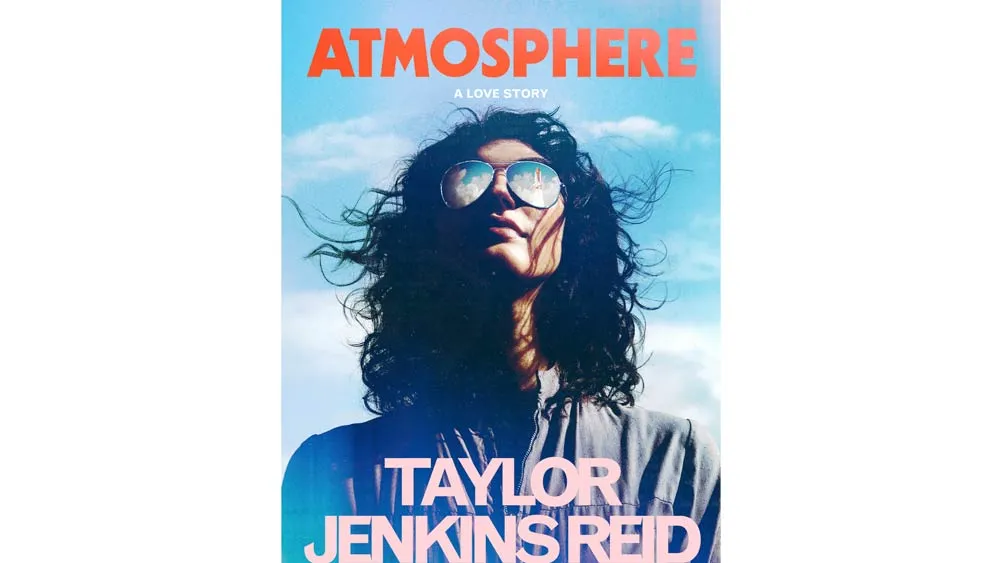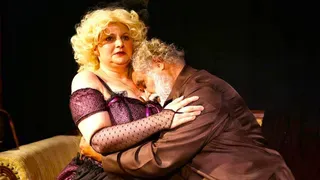September 12, 2009
The September Issue
Robert Nesti READ TIME: 3 MIN.
When The Devil Wears Prada was published in 2003, all eyes looked towards Anna Wintour, the editor of Vogue after whom execubitch Miranda Priestly was said to have been modeled. When the enormously popular film was released with Meryl Streep as Priestly, the charge was made again (though Streep never attempted Wintour trademark Louise Brook-styled pageboy or her British accent). Perhaps it was because of this characterization that Wintour allowed filmmaker into the inner-workings of Vogue for his documentary The September Issue -- call it damage control.
Not that the real-life Wintour doesn't have traces of Streep's characterization, right down to the icy dismissals and imperious decisions. There's obviously some reason why her nickname in the industry is Nuclear Wintour. Little wonder that at one point one of her colleagues compares her position in the world of fashion to that of the Pope. Wintour's career offers plenty of reasons to believe it true. Not since Diana Vreeland had a personality shaped Vogue and the fashion magazine world. She foresaw the mania for celebrity by using them on the covers of the magazine in the 1990s (a trend that continues to today), She brought fur back into fashion, much to the dismay of animal activists; and mixed high fashion with mass produced clothes on the magazine's cover.
But is she a Prada-wearing devil? R. J. Cutler's film never quite answers the question. As the film follows Wintour and the Vogue staff over a seven-month period as they prepare the September 2008 issue of the magazine, Wintour is a hard-working, impeccably attired commander-in-chief who rarely reveals much behind her sphinx-like exterior. What proves most telling is not her interactions with her staff, but those brief personal moments: getting advice from her daughter as to which cover to publish or admitting that, despite her success, her British siblings view fashion as something of a joke.
As the magazine evolves --at 840 pages, it was the largest issue of Vogue ever published -- an often contentious battle rages between Wintour and Vogue's creative director Grace Coddington. Through Cutler's eye, Coddington comes across as the fire to Wintour's ice. A passionate advocate for her ideas, she often finds herself at odds with her senior editor -- something she doesn't take in silence. When a gorgeous 1920s-styled fashion layout is cut significantly back, Coddington emotionally expresses her frustration. While Wintour is terse in her directives, Coddington is vocal with her dismay. Yet in the end has the last laugh: while surveying a mock-up of the final issue, she observes with some satisfaction that only one of the layouts wasn't supervised by her.
The tension between the women gives The September Issue its dramatic thrust. Towards the end of the film after Wintour has cut one of Coddington's shoots to threads, the two ride an elevator together in awkward silence. Yet both, somewhat reluctantly, profess respect for each other at different points in the film, indicating a tenuous symbiotic relationship that's key to the magazine's success. While Coddington knows when to curb her tongue, she also isn't afraid to stand up to Wintour: when her boss indicates she wants a pot belly Photoshopped in a fashion layout, Coddington instructs the graphic designer not to dare do it.
As he did in The War Room, his entertaining look into the workings of the 1992 Clinton campaign, Cutler appears to be more interested in chronicling a process -- in this case the drive to the finish line to get this mammoth issue to print. He doesn't appear to be very interested in fashion, per se; instead the focus is on Wintour's hold on the magazine she is so identified with. She always looks amazing (she is said to have a six-figure budget for clothes and she looks it) in her designer ensembles. (Coddington, on the other hand, is funkier, far less interested in presenting herself in a fashionista manner.) Wintour's manner may be abrupt, but you sense she appreciates talent and hard work, such as her embrace of a young designer. Yet if The September Issue is damage control, it is inconclusive. "There is something about fashion that can make people very nervous," says Wintour early on in the film. But when she makes steely glances at a designer or dismisses an idea with a cutting remark, there's something about Wintour that makes people very nervous.
Robert Nesti can be reached at [email protected].







